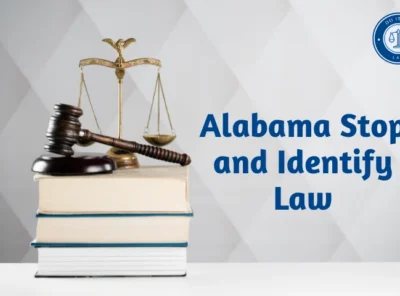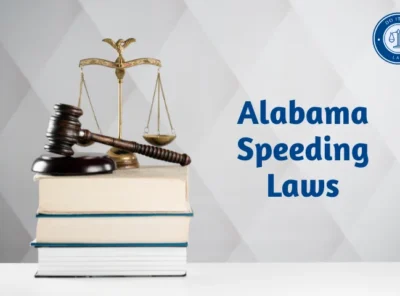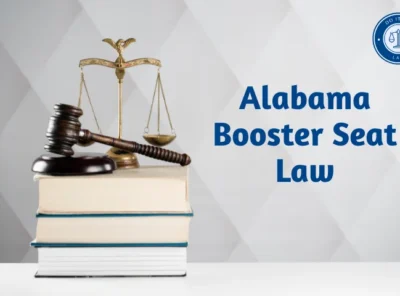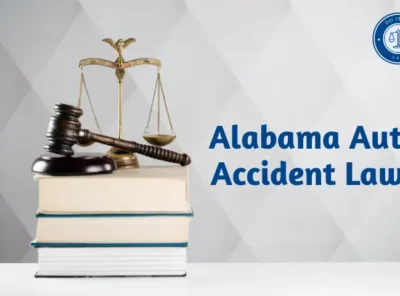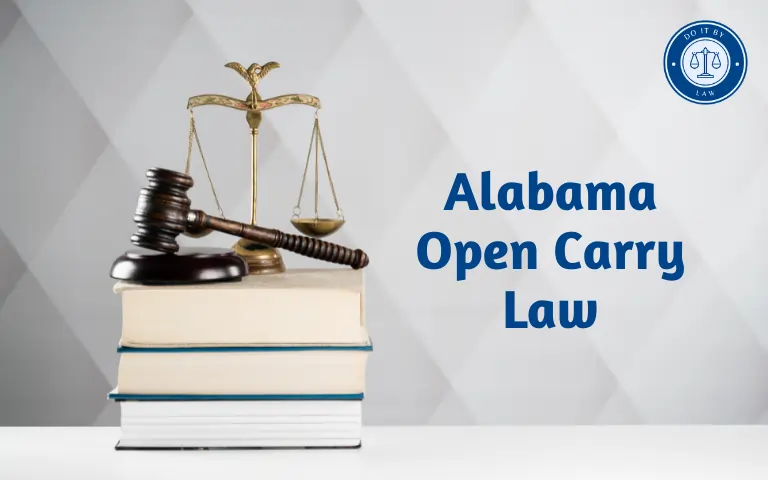Alabama Move Over Law: What You Need to Know
Alabama move-over law requires drivers to change lanes or slow down when passing stopped emergency vehicles and other service vehicles on the roadside. This article provides an in-depth look at Alabama move over law, including its purpose, requirements, penalties, and controversies.
Alabama enacted its move over law in 2003 to enhance roadway safety for law enforcement officers, emergency responders, construction workers, and others working along busy highways. The law requires approaching drivers to make a lane change or substantially reduce speed when passing stopped service vehicles with flashing lights.
History and Purpose of Alabama’s Move Over Law
Similar move-over laws began emerging across the U.S. in the 1990s and 2000s in response to an increase in roadside deaths and injuries among police officers, EMTs, tow truck drivers, and highway construction crews.
Alabama law was passed to:
- Protect vulnerable workers operating along dangerous high-speed roads.
- Reduce the likelihood of secondary incidents caused by rubbernecking.
- Improve compliance by imposing fines for violations.
- Bring Alabama in line with national traffic safety standards.
The intent is to provide a protective buffer zone around stopped emergency/service vehicles and workers.
Who Alabama Move Over Law Applies To
Alabama move over law applies to all drivers operating vehicles on roads, highways, interstates, and freeways when approaching any stopped vehicle with flashing lights including:
- Law enforcement vehicles
- Ambulances, fire trucks
- Wreckers, tow trucks
- Municipal service vehicles
- Highway construction and maintenance vehicles
- Utility service vehicles
The law applies regardless of whether the service vehicle is on the road or shoulder. It aims to protect emergency personnel, roadside assistance providers, and transportation workers.
Key Provisions and Requirements
Alabama move over law requires approaching drivers to either:
- Make a lane change into an adjacent lane not immediately next to the stopped vehicle, as long as changing lanes is safe and legal.
- If unable to safely change lanes, substantially slow down to a speed reasonable for traffic conditions.
The law applies on interstates, highways, city streets, county roads, and anywhere vehicles travel. It is in effect 24/7 whenever emergency or service vehicles are stopped with flashing lights activated.
Other key provisions include:
- Drivers must slow down to 15 mph below the posted speed limit if unable to lane change.
- The law applies whether the stopped vehicle is in the travel lane or on the road shoulder.
- Violations can only be enforced if the officer is present or cites clear video evidence.
Penalties for Violating Alabama Move Over Law
Violating Alabama move over law is considered a misdemeanor criminal offense punishable by:
- Fines up to $250 for first offense.
- Fines up to $500 for second offense.
- Jail sentence of up to 1 year for third and subsequent offenses.
If the violation results in damage, injury, or death, additional civil liability and criminal charges are possible under reckless driving and negligence laws.
Recent Changes and Proposed Legislation
Recent legislative changes related to Alabama move over law include:
- 2017 bill prohibited using violations as a basis for vehicle insurance increases.
- 2022 bill doubled fines for second offenses to strengthen deterrence.
- 2022 law added municipal service vehicles to protected categories.
Proposed changes not yet enacted:
- Broadening law to require lane changes/slowdowns for any stopped vehicle.
- Requiring driver education and license exams to cover move-over law.
- Increasing fines and jail time for violations resulting in injuries/fatalities.
Controversies and Challenges
Alabama’s move over the law has faced criticism because it:
- Allows too much subjective judgment by law enforcement over what constitutes “reasonable” speed reductions.
- Penalizes unintentional violations too severely.
- Confuses out-of-state drivers unaware of the law.
- Feels unnecessary on low-traffic volume rural roads.
Officials argue the law saves lives by ensuring a safe buffer for vulnerable workers. But enforcement remains a challenge, especially proving violations without video evidence.
Conclusion and Key Takeaways
Alabama move over law requires motorists to change lanes or slow down when passing stopped emergency and roadside service vehicles. Violating the law can result in fines, jail time, and elevated liability in case of a crash. Though not without controversy, the law enhances safety for police, construction crews, tow operators, and other at-risk workers. Drivers should understand and comply with the law’s provisions to avoid penalties and, more critically, prevent grave harm.
Frequently Asked Questions
References


